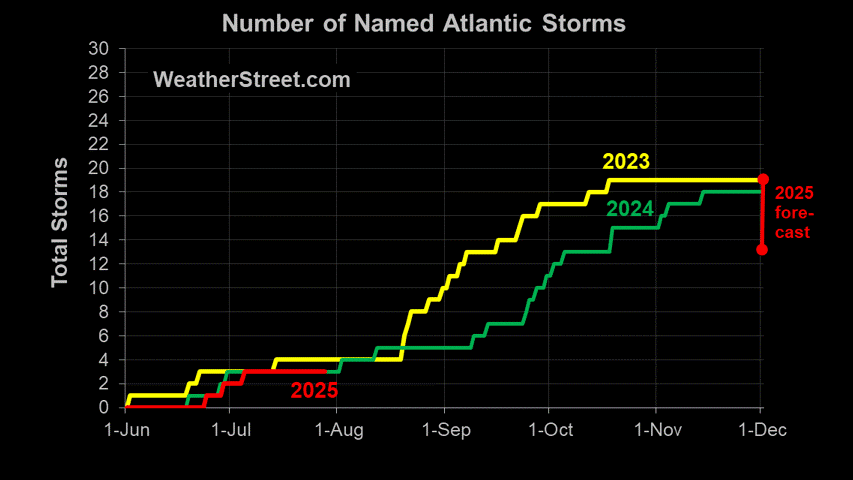Super Typhoon Megi slams Philippines
Typhoon 2000 is reporting that the storm has weakened slightly to a Cat 4 typhoon which is still an extremely dangerous storm for anyone in its path:
MEGI (JUAN) has just passed over or very close to Ilagan City in Isabela...and is now on its way to Kalinga-Mountain Province Area...weakened into a Category 4 Typhoon. Typhoon Conditions continuing across Northern Isabela, Southern Cagayan, Kalinga, and Mountain Province.This typhoon has become deadly, killing at least one person and tearing roofs from houses and toppling power lines. The storm has wind gusts as high as 260 km/hr.
Residents and visitors along Northern and Central Luzon particularly Cagayan, Isabela, Kalinga, Mountain Province, Ifugao and Ilocos Sur should closely monitor the progress of MEGI (JUAN).
Do not use this for life or death decision. This advisory is intended for additional information purposes only. Kindly refer to your country's official weather agency for local warnings, advisories & bulletins.
Deadly Typhoon Hits Northern Philippines(VOA News)
At least one person is dead in the far northern Philippines, where so-called "Super Typhoon" Megi crashed ashore with fierce winds and torrential rain around midday Monday.
Reports say roofs were torn off houses and electricity poles were toppled by the winds, which howled at sustained speeds of 225 kilometers per hour and gusted up to 260. One man was killed when he fell in a river.
Megi is described as the most powerful storm to hit the Philippines in four years.
Philippine authorities ordered thousands of people in Cagayan and Isabella provinces on Luzon island to move to safer areas. They say the heavy rain and high winds could damage buildings, power supplies and agriculture in the corn- and rice-producing region.









